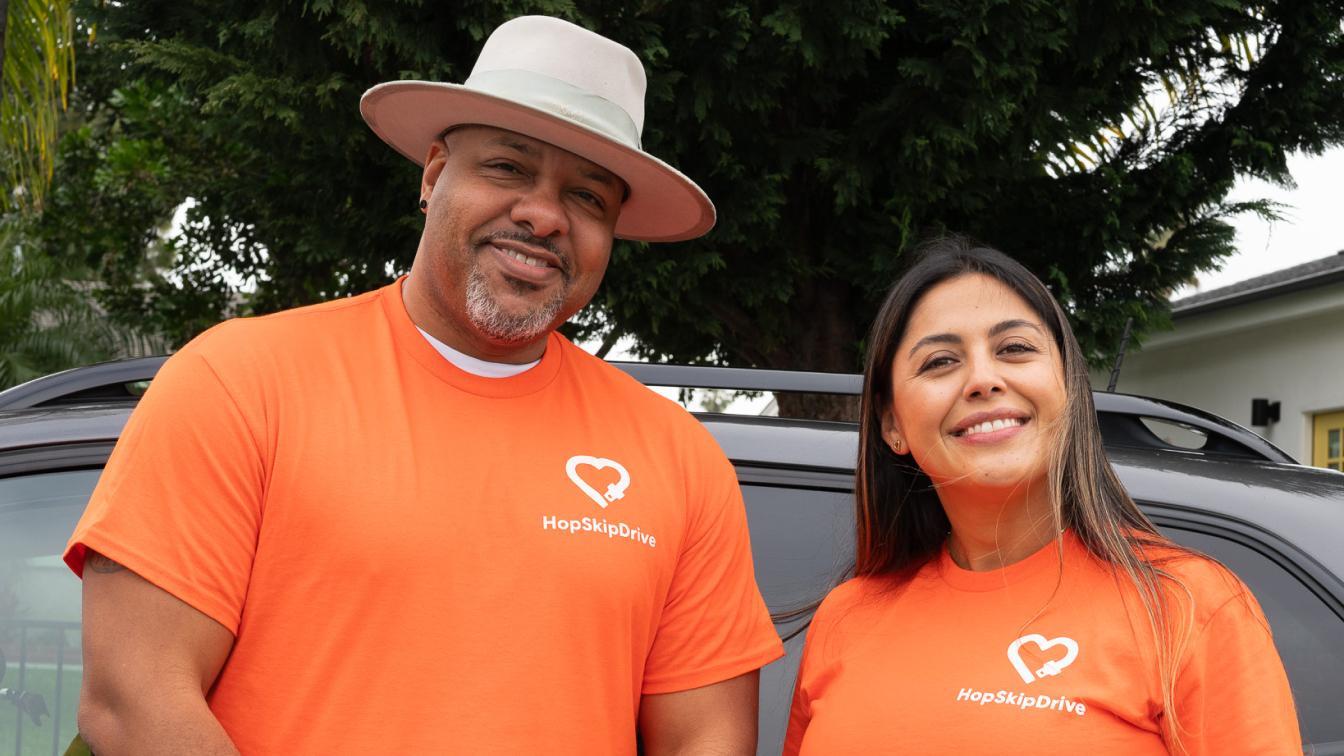Addressing the pandemic learning loss crisis

For many Americans, the most noticeable impacts of the coronavirus pandemic have become less noticeable. Traffic has filled the highways, office buildings have begun to fill back up and fewer citizens are wearing face coverings. But even in the era of this “new normal,” COVID-19 has left an impact on just about everyone. And unfortunately, this is true for the many students who spent over a year practicing remote learning.
Studies have shown that the pandemic has left the country’s youth with increased emotional problems, social withdrawal, anxiety and depression. Moreover, research indicates that nearly two years of remote learning has set many students back in math and language skills.
In this article, we’ll dive deeper into the pandemic learning loss crisis, touching on school testing methodology, how schools are addressing the consequences of remote learning and the best ways to get students back in the classroom day after day.
Learning loss defined
What, exactly, is learning loss? Before 2020, learning loss described what happened over summer vacation, when students left the classroom for two to three months. Over that break, educators anticipated some learning loss — or a stagnation of academic progress — which is an important educational consideration, even when the reversal is small.
To track and understand the severity and impacts of learning loss, the U.S. Department of Education leans on testing to evaluate students. While this is not the only way to measure academic performance, the National Assessment of Educational Progress (NAEP) is considered the most informative way to evaluate learning. In addition, the NAEP has assessed school performance since the 1970s, providing a way to measure learning gains and losses over many years.
The most vulnerable students have suffered the most notable learning loss
What happened to the academic progress of students when schools shuttered in the spring of 2020 was different than the learning loss that occurs during summer break. Traditional in-person learning was suspended longer than anyone ever anticipated during the pandemic. The result? Widespread, significant learning loss like the United States has never seen.
One McKinsey report estimates that American students lost five to nine months of progress in math skills — with the fallout even more severe for students of color. Another report on younger students was just as grim, revealing that nearly half of first graders were not hitting benchmarks for reading skills.
As is too often the case, our country’s most vulnerable students were disproportionately affected by the shutdown. Why? High-poverty schools remained remote for longer and incurred more challenges when attempting to educate students remotely.
For example, high-poverty school students lost out on the equivalent of 22 weeks of mathematical instruction. Low-poverty school students missed only 13 weeks’ worth of learning. This is partly because students from lower-income families lacked the resources required to learn from home such as a good computer or a reliable internet connection.
To address learning loss, a variety of interventions is required
How can learning loss be reversed? At the very least, educators will want to begin by understanding just how much learning has been lost — and which students have suffered the most startling losses. Once educators are armed with the right information, they’ll want to map out a new curriculum that accounts for these losses.
Lesson plans and educational strategies from a pre-COVID world may not work as they did in the past. By accounting for past learning loss when looking to the future, educators can tailor their lesson plans to meet students where they’re at, helping them get back to where they should be.
Of course, even with new curricula designed for a post-COVID classroom, most students will need more than revised lesson plans to catch up. Unfortunately, many experts believe that no one solution can genuinely reverse the learning loss incurred over the past few years. This includes Harvard economist Thomas Kane.
“You could provide a tutor to every single student in a high-poverty school that was remote for half the year and still not close the gap,” he said. “You could get close, but you wouldn’t close that gap.”
Kane also stressed that without an airtight plan to close the educational gap brought on by remote learning, it might be time to let go of a “one-year catch-up” and instead turn to many interventions to help students get closer to where they need to be.
While educators cannot turn back time, there are various ways to reverse learning loss. For example, according to the McKinsey report, a variety of high-intensity “acceleration academies” could help, as well as in-depth, hands-on tutoring and summer school.
Access to reliable transportation can make or break efforts to reverse learning loss
Since every solution to learning loss requires in-person schooling, school districts must emphasize safe, consistent transportation to and from interventions such as summer school or tutoring.
The tried-and-true, traditional yellow school bus model serves schools and students well in most instances. But with the ongoing school bus driver crisis, which was exacerbated by the pandemic, providing reliable transportation that meets every student’s individual needs can be challenging.
Doing so, however, is crucial. The same students who are suffering from the most significant learning loss are, unfortunately, also often at risk of chronic absenteeism — which can have a lasting impact on a student’s life.
To truly begin addressing learning loss, supplementary transportation options may be necessary so that school districts can ensure that a ride to school — and to any additional interventions — is readily available for every student.
Learn more about how HopSkipDrive works with districts and schools to help students access the education and opportunities available to them or get a free quote.



